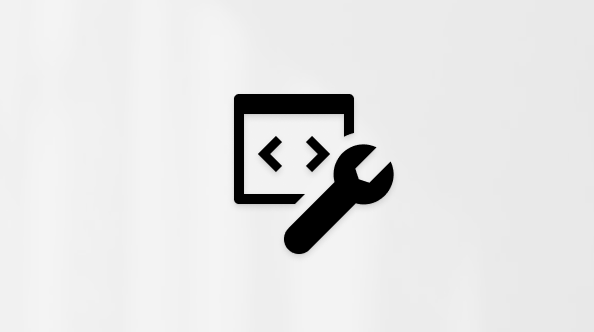This FAQ is intended to answer questions about upgrading a Windows device to Windows 11 from previous versions of Windows such as Windows 10.
To show an answer and more information for any of the following Windows 11 upgrade questions, select it:
Windows 11 offers new productivity features and functionality designed to meet the challenges of the hybrid world. It has a refreshed look and feel that helps you get more done with less stress. Learn more about what's new in the article More is possible with Windows 11.
Upgrades to Windows 11 from Windows 10 are free.
Important:
-
The upgrade to Windows 11 is free from Microsoft. However, the Windows 11 upgrade download is large in size. Internet providers might charge fees for large downloads that occur over metered connections.
-
To upgrade to Windows 11, devices must meet the Windows 11 minimum system requirements. Some Windows 10 features aren't available in Windows 11. For more information, see Find Windows 11 specs, features, and computer requirements.
Windows Update in Windows 10 analyzes and validates if a specific device meets the minimum requirements for Windows 11. Once this verification completes, Windows Update indicates that the Windows 11 upgrade is ready for installation.
To manually check if a device is eligible for Windows 11, download the PC Health Check app. For more information, see Can I upgrade to Windows 11?
Important: To upgrade to Windows 11, devices must meet the Windows 11 minimum system requirements. Some Windows 10 features aren't available in Windows 11. For more information, see Find Windows 11 specs, features, and computer requirements.
The PC Health Check app can be used to determine if a device can upgrade to Windows 11. Use the following link to download the PC Health Check app:
The minimum hardware requirements for Windows 11 can be found in the following article:
For methods on how to upgrade to Windows 11, see Ways to install Windows 11.
The default experience during a Windows 11 upgrade is that files and data are moved to the new Windows 11 installation. However, Microsoft always recommends backing up files before installing a new Windows version. If files are already synced to OneDrive, additional action to create a backup might not be necessary.
For more information on getting started with OneDrive, see Upload and save files and folders to OneDrive.
Most software and accessories that worked with Windows 10 are expected to work with Windows 11. For specific product compatibility details with Windows 11, check with the software publisher or accessory manufacturer for more information.
The amount of time the Windows 11 upgrade takes varies. For example, the amount of time that it takes to download Windows 11 depends on internet speed. Downloading and installing Windows 11 usually takes longer than a typical Windows 10 feature update. The Windows device can be used while Windows 11 is downloading. Once the download completes, there's an option to schedule the install to happen at a specific time, for example when the Windows device isn't being used.
Yes. Once a device is upgraded to Windows 11, it has 10 days to move back to Windows 10 while still keeping files and data that were migrated to Windows 11. After the 10-day period, files and data need to be manually backed up, for example to OneDrive, and then a "clean install" performed to move back to Windows 10. For more information, see Create installation media for Windows.
If deciding to move back to Windows 10, be aware of the following Windows 10 end of support statement:
Support for Windows 10 will end in October 2025
After October 14, 2025, Microsoft will no longer provide free software updates from Windows Update, technical assistance, or security fixes for Windows 10. Your PC will still work, but we recommend moving to Windows 11.
The following are recommendations to get ready for Windows 11:
-
Determine which device to use to run Windows 11.
-
In Windows 10, ensure you're signed in with a Microsoft account.
-
Back up files and data, for example to OneDrive.
-
If the device's disk is low on space, free up space. For help on freeing up disk space, see Free up drive space in Windows.
For more info on preparing for Windows 11, see Getting ready for the Windows 11 upgrade.
If the message:
What needs your attention
is displayed while trying to upgrade a Windows device, the device might not meet the minimum system requirements for Windows 11. For more info, see Find Windows 11 specs, features, and computer requirements.
An upgrade moves a Windows device from a previous version of Windows to a later version of Windows. For example, moving from Windows 10 to Windows 11 is considered an upgrade.
An update ensures the most recent features and security improvements are installed for the current version of Windows. For more information on updating a Windows device, see Windows Update: FAQ.
Some apps are uninstalled because they're known to cause problems with the upgrade process. The apps can be reinstalled after the upgrade to Windows 11 is done.
Other apps are uninstalled because they're known not to work correctly with Windows 11 or might not work at all with Windows 11. Apps that are known not to work correctly with Windows 11 can't be reinstalled. Check with the app publisher to see if there's an updated version of the app that work with Windows 11.










